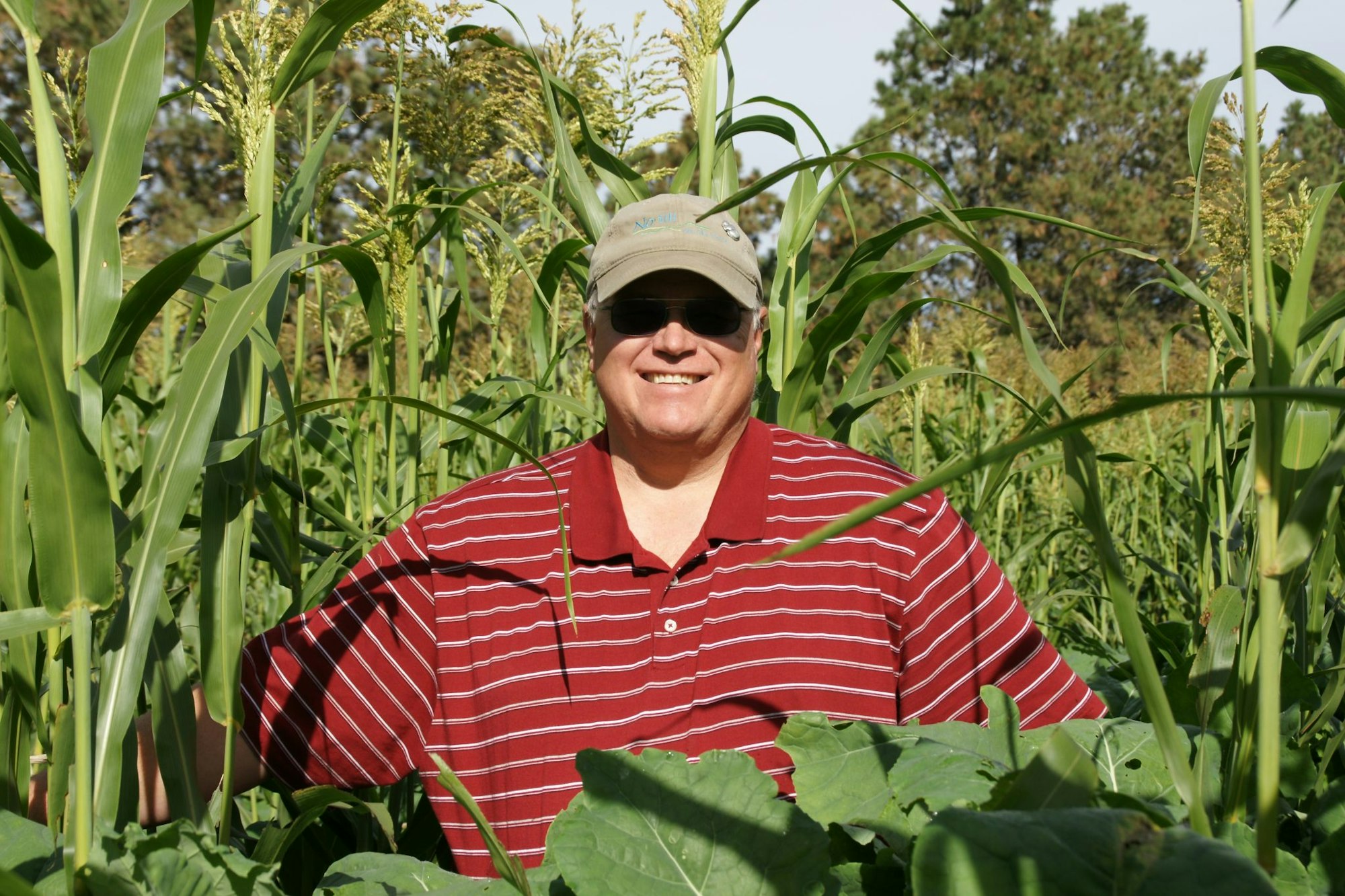Soil Health More Important Than Ever

Published by: High Plains Journal
May 09, 2025
By: David Murray
Traditional ways of fostering soil health have never completely gone away and are on the upswing.
According to recent United States Department of Agriculture data, about 37% of U.S. cropland is managed using no-till farming, while 35% is under reduced-till practices, meaning that about 72% of U.S. cropland utilizes some form of conservation tillage, varying by region and crop type. No-till is more common in soybeans and less prevalent in crops like wheat or corn.
High input prices, low commodity prices and a new secretary of health and human services strongly opposed to many chemicals commonly used on the farm have all combined to give Soil Health U events and speakers more urgent relevance than ever.
Gabe Brown, pictured at top, is one of the godfathers of the soil health movement who has spoken at Soil Health U events in the past. Brown and his consulting firm, Understanding AG LLC, consults on 34 million acres of farmland—mostly in North America, but also in Ireland, Sweden and the United Kingdom. The firm also offers soil health academies around the country.
Brown’s five principles of soil health are: no-till or minimal tillage; keeping the ground covered; diversity of plant and animal species; keeping living roots in the soil as much as possible; and the importance of integrating animals.
Healthy soil, he said, should be storing 20 to 25 gallons of water per square foot. Brown said the use of tilled drainage contributes to a “broken water cycle.” Regenerative ag will reduce the drawdown of the aquifers. In Understanding Ag’s case studies are stories of flooded farms recovering much more quickly than their tilled neighbors, due to the soils’ better biological resiliency.
Brown and his extensive team of farmer-experts back up their claims with soil testing and trials. The Understanding Ag method doesn’t promise instant yield growth, but it does focus on long-term profitability and soil restoration. A big part of that is reducing input expenses. Farmers who adopt his practices typically reduce fertilizer use by at least 40% to 60% and can eliminate fungicides altogether. Brown says he doesn’t use genetically modified organisms “because there’s no reason to,” although many of his clients do grow them.
Brown is big on natural nutrient cycles. He says most of today’s farms are “degraded.” When he asks farmers, “How is soil aggregate built?”, most can’t give a direct answer, he said. “We need to quit degrading our own soil.”
Many of Brown’s practices are returns to what farmers were doing for generations before modern agriculture. Regenerative agricultural principles “focus on restoring and enhancing soil health by using principles that create more diverse soil microbiological communities,” according to the Understanding Ag website. “Regenerative farming practices allow food growers to create an ideal subterranean home for soil microbes that, in turn, deliver nutrients to plants, improve soil function (including fertility and water infiltration) and increase the nutrient density of the food they produce—at far less cost than conventional farming practices.”
Soil health and water conservation go together, Brown said. He advocates planting cover crops, including cereal rye, in between corn and soybeans since he believes monocultures and even duo-cultures degrade the soil. Brown believes restoring soils would also improve the looming water crisis on farms.
“Rainfall should be infiltrating through 5 to 10 inches of properly managed soil,” Brown told High Plains Journal last summer. “Tillage destroys the soil,” he said. “Most farmers are two weeks away from a drought” because their soils don’t hold enough water. “My soils aren’t like that.”
Soil health is a cornerstone event that is an important part with the HPJ Live planned for Aug. 6 to 8, at Century II in Wichita, Kansas. The inaugural event combines the popular U-learning series of events into one multi-day tradeshow. For more information visit live.hpj.com.
David Murray can be reached at journal@hpj.com.
